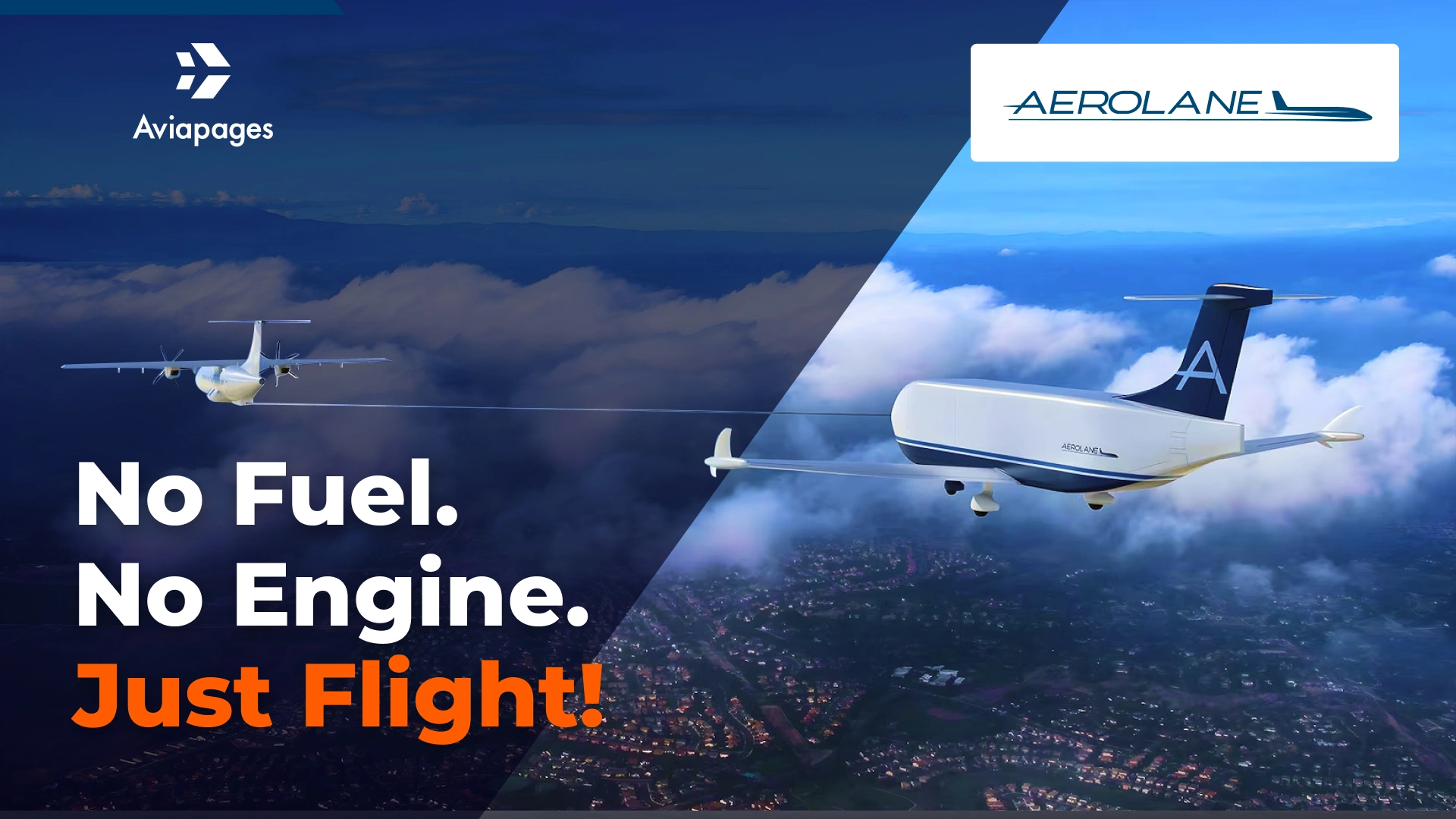Imagine Delivering Cargo with No Engines or Fuel
Imagine delivering tons of cargo by air—with no engines, no fuel, and almost no noise. Sounds like science fiction? Meet Aerolane, a groundbreaking startup that’s reinventing air cargo using autonomous, unpowered gliders that fly by surfing behind traditional airplanes.
What Is Aerolane?
Founded in 2022, Aerolane is developing innovative gliders that can transport several tons of freight without burning a single drop of fuel. These aircraft are towed by conventional planes and rely on a technique called vortex surfing—riding the aerodynamic wake much like birds flying in formation.
Why Vortex Surfing?
Vortex surfing allows the gliders to drastically reduce drag and energy usage by flying in the sweet spot behind the tow aircraft. The result? Cargo can be delivered at aviation speed with the cost and emissions profile of ground transport.
Building the Future: Prototypes and Plans
Advanced Prototypes Already Flying
Aerolane has already designed and flown two prototype gliders:
- One based on a Pipistrel Virus
- Another using a Velocity SE canard aircraft
These are being tested with autonomous flight systems. Although they still have engines for safety during testing, Aerolane plans to remove them in future versions.
Robotic Freight Trains in the Sky
Currently, the gliders are towed by piloted aircraft, but the long-term vision is full automation: robotic gliders and tow planes flying in tandem like freight trains in the sky.
Certification and Scaling Up
Working with the FAA
Aerolane is collaborating with the FAA to define a new category of unpowered cargo airframes made from ultralight composite materials. This could pave the way for widespread adoption in both commercial and humanitarian sectors.
What's Coming Next?
- A 3-ton cargo glider in the near future
- A 10-ton version capable of flying thousands of kilometers without engines or fuel
- A commercial launch in 2025 at Perot Field Fort Worth Alliance Airport, Texas
A Historical Twist: Inspiration from WWII
Unpowered flight isn’t a new idea. During World War II, the U.S. designed the XCG-16A glider to silently deliver troops across the Atlantic. Though it was never completed, it proved that stealthy, radar-free delivery was viable.
Aerolane revives this old concept for a new mission: sustainability and efficiency, not stealth.
Backed by Bold Investors
With $11.5 million in seed funding, including backing from X (Google’s moonshot division), Aerolane is turning heads in aviation. Their concept is attracting interest from:
- Logistics companies
- Humanitarian organizations
- Even the military
A New Way to Deliver Aid
Imagine a crisis zone with no fuel, no roads, and no infrastructure. Aerolane’s gliders could quietly drop essential supplies—no emissions, no noise, and no maintenance issues.
Why Aerolane Matters
Aerolane is more than just a bold startup. It's a potential game-changer for global logistics—delivering cargo through the sky using nothing but lift, drag, and data.
The Sky’s the Limit—Without Engines
Aerolane offers a glimpse into a future where aviation and sustainability go hand in hand. If you're excited about what's next in eco-friendly flight, hit like, subscribe, and let us know in the comments:
Would you trust cargo delivery without engines?


